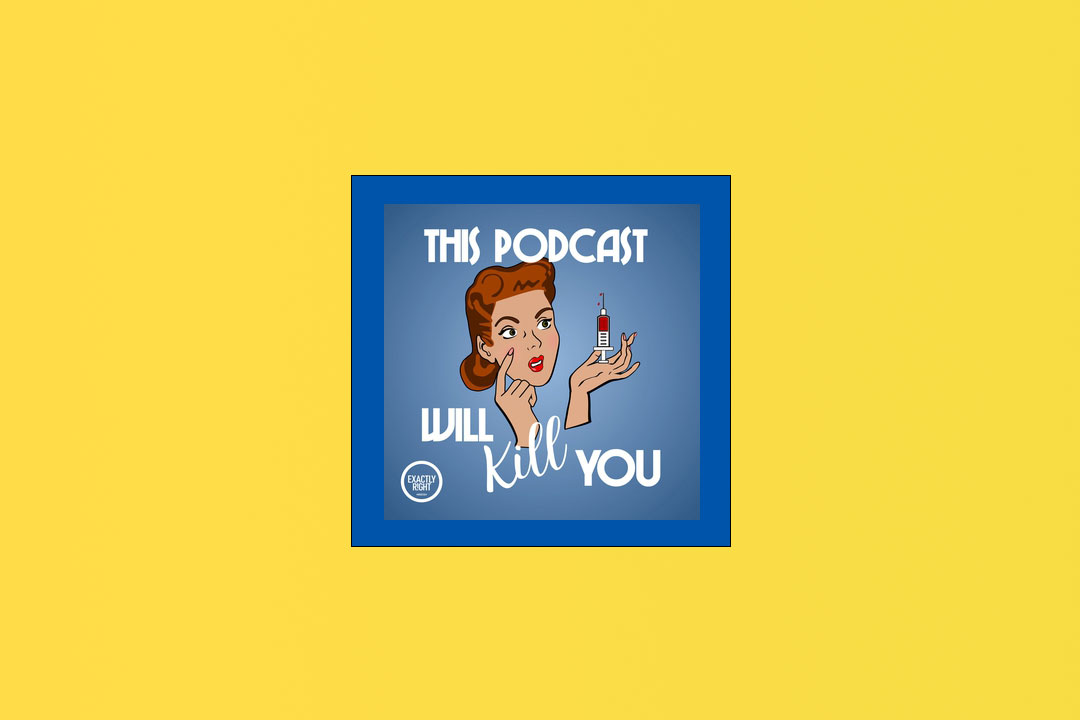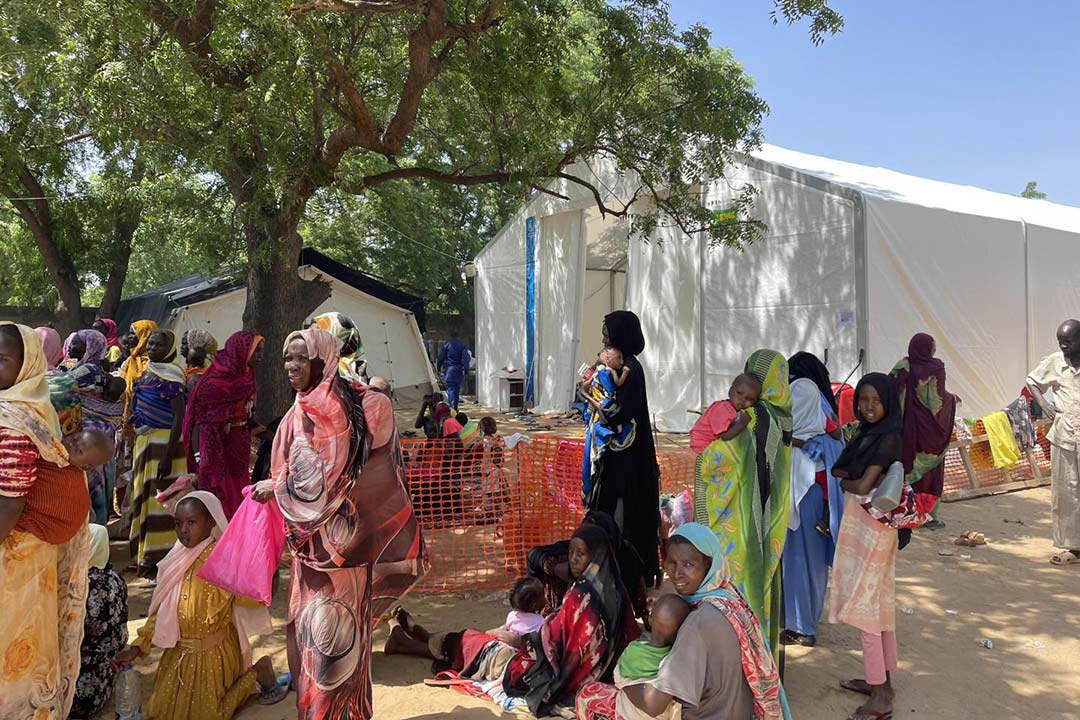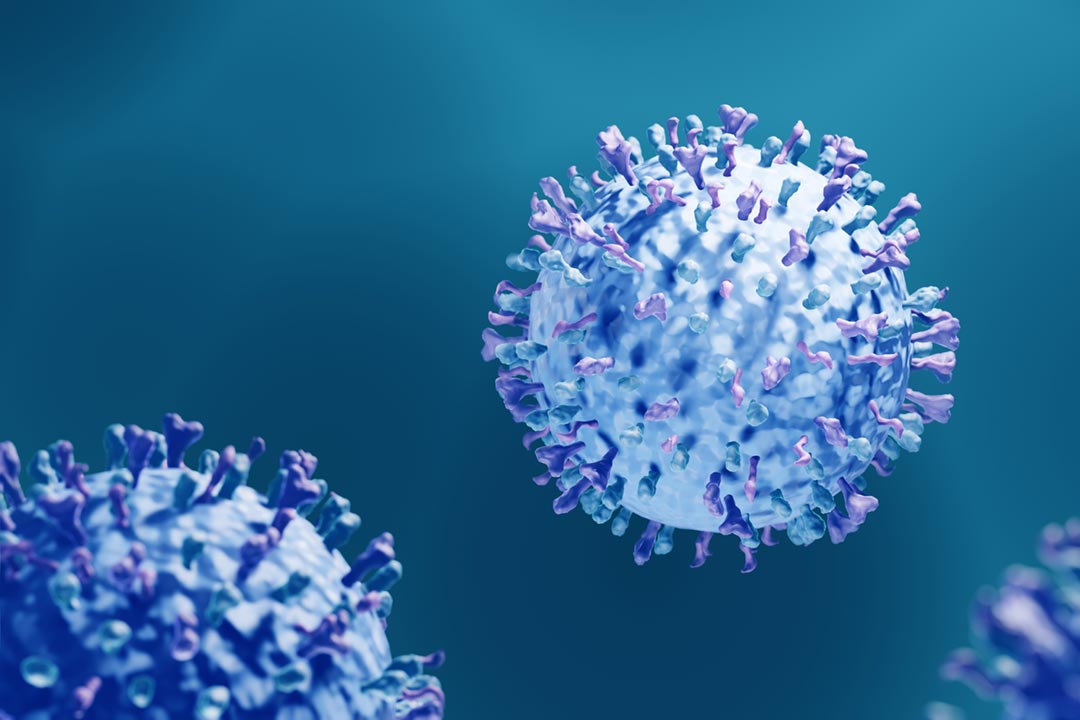Who should we vaccinate first?
When COVID-19 vaccines become available demand is likely to outstrip supply, at least initially. So, who should be first in line?
- 2 September 2020
- 4 min read
- by Ciara McCarthy

One of the biggest questions people have about this pandemic is “when will a COVID-19 vaccine be ready?”. But the answer depends somewhat on who is asking it. While the most optimistic predictions suggest a vaccine could be ready in a matter of months, it will be years before we have enough doses to vaccinate everybody. So, once a vaccine is available, the next big challenge will be deciding who should be first in line to receive it.
Once a COVID-19 vaccine is available, the next big challenge will be deciding who should be first in line to receive it.
Who to vaccinate in principle
Perhaps surprisingly, there is some precedent for this problem. Experts faced a similar dilemma when there was a limited vaccine supply during the 2009 influenza pandemic. The World Health Organization has since developed an ethical framework for COVID-19 resource allocation, which outlines four ethical considerations about who should be vaccinated first:
- Equality: Everyone who is at equal risk should have equal opportunity to be vaccinated
- Prioritise those tasked with helping others
- Best outcomes: Prioritise those who have the most to gain from receiving a vaccine
- Prioritise the worst off
Fundamentally, everyone should have equal access to a vaccine. However, there are many reasons to place health care workers at the top of the list. They are both at a high risk of contracting the virus and of transmitting it to others because of their repeated exposure. They are also at the frontline of managing this pandemic and ensuring continued provision of health services to those who need it. Health workers are part of the huge variety of key workers who have played an invaluable role in keeping countries functioning during this crisis. These include people involved in providing food, clothing, shelter and other basic needs, such as supermarket workers, factory workers or people working on public transport.
WHO have named three priority populations for vaccination: healthcare system workers, adults over 65 years old and adults with comorbidities.
Countries will have to decide which workers are eligible for vaccination because of the nature of their work. Assuming COVID-19 vaccines can provide immunity against transmission of the SARS-CoV-2 virus, vaccinating those most likely to come into contact with others and transmit the virus could also contribute to some of the best outcomes by helping to stop transmission and save a great many lives among the broader population.
Have you read?
Prioritising those who would be worst off without a vaccine, for example, those at most risk of severe illness or death if they develop COVID-19, may seem uncontroversial, but it could be more complex than it sounds. How do we decide who is high risk and who is not? What counts as a comorbidity, i.e. a pre-existing underlying health condition? And should it also extend to people who have the most to lose if they become ill, such as people at greater risk of slipping into poverty due to illness?
Once different groups who are most in need of COVID-19 vaccines have been identified, there still may not be enough doses at first for everyone in all of those groups. The initial supply of COVID-19 vaccines are likely to be very limited, although over time more supplies, and more vaccines, should become available. One suggestion is that to ensure equality, the initial distribution of COVID-19 vaccines within priority groups could be dealt with using a lottery-based system, which would theoretically give everyone an equal chance of getting vaccinated.
Principle applied to practice
Using these principles, WHO have named three priority populations for vaccination: healthcare system workers, adults over 65 years old and adults with comorbidities (which it defines as people who have cardiovascular disease, cancer, diabetes, obesity or chronic respiratory disease). COVAX, a mechanism co-led by Gavi, the Coalition for Epidemic Preparedness Innovations (CEPI) and WHO, will use these priority populations as a basis to promote fair allocation of COVID-19 vaccines globally. The size of these priority groups will be used to calculate how doses should be distributed among participating countries. COVAX was created to accelerate the development and manufacture of vaccines, and ensure they are equitably distributed once they are available, with the aim of making two billion doses available globally by the end of 2021.
How governments decide to distribute vaccines at a national level will be a complex and politically sensitive task. Yet, through COVAX we can help ensure that – at least at a country level – no-one’s place in the queue is determined by their ability to pay.









